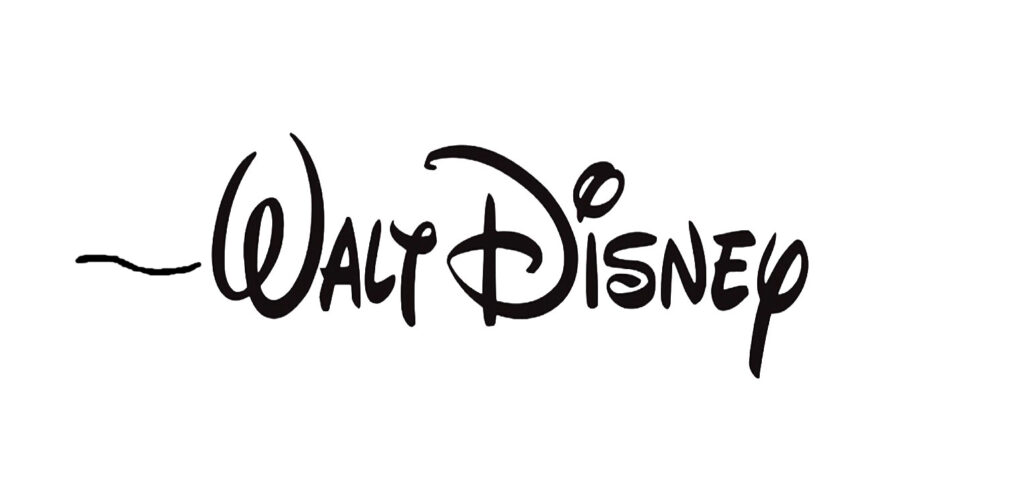WALT’S NIGHTMARE
Hours yet until dawn the day after Christmas, 1910, The Kansas City Times must be delivered to seven hundred subscribers before their breakfasts. Your part of the burden slung over your shoulder you trudge away into the blizzard foundering through snowdrifts deeper than you are tall.
Father is a fanatic aiming to prove – with a vengeance! – that in spite of his age he can make this distributorship succeed. Of course the actual responsibility falls on nine-year-old you. In weather like this Father requires that the newspapers must be protected by stuffing them behind stormdoors. Up on some of the porches happier children of wealthier families – summoned to supper in the middle of playtime the evening before – have abandoned their shiny new holiday toys where they lay. You stop to play with a wooden locomotive but only briefly. The cold and the task ahead beckon you onward finally to the warm corridors of apartment buildings where you can curl up on a doorsill and dream for awhile, your fingers and toes tingling as they thaw…
Then PANIC! You wake up. How long have you slept? This building – which one is it? Did you finish here? Are you late for school? Is this a schoolday after all? And will Father be waiting at home with a walloping?
So it went: the Nightmare – a memory from childhood grotesqued into anxious new perspectives by the adult mind in sleep. This one troubled Walt Disney throughout his lifetime, recurring even only days before his death, an obstinate reminder that for great masses of humankind reality desperately needed improvement…
Uncle Walt – as he became affectionately known – was one of those personalities perhaps most aptly described as “reality revisionists” (his own term was “imagineer”).
Walt Disney was able to cater to the appetite for fantasy because his own hunger to escape reality was at least as great as that of his countrymen.[1]
For these souls the experienced phenomenal world becomes intolerable – as indeed it has for many millions throughout history; but the reality revisionist’s peculiar happy difference rests right from the start in a hearty energetic optimism bolstered by a superlative buoyant imagination. This healthy alliance and its resultant triumphs stand in bright contrast to the usual stultifying despondence that overtakes most others of history’s miserable millions.
Best of all, an animated cartoon constituted a little world all its own – something that, unlike life, a man could utterly control.[2]
Walt’s mercurial imagination allowed him to see – instead of “through a glass, darkly” – rather “through rose-colored lenses”, helping him to focus on the myriad possibilities for delight that escape less inspired observation. It indicated to him various gateways into other worlds – more ephemeral ones, phenomenal in their own more “magical” way – “a world of my own” as Alice sings in her eponymous film. Comparing early experiences of what-is to dreams of what-might-be runs the risk of confirming and intensifying one’s despair. But Walt’s saving grace was his boundless unflagging energy and techno curiosity wedded to his unwavering optimism that all dreams are humanly realizable. As the master himself put it,
Part of the Disney success is our ability to create a believable world of dreams…[3]
In fact dreaming figures frequently in the promotion of his films as well as in the films themselves – witness for example the beautiful songs “When You Wish Upon a Star” (“…your dreams come true”) from Pinocchio, “A Dream Is a Wish Your Heart Makes” from Cinderella and “Once Upon a Dream” from The Sleeping Beauty.
[1] Epstein, Joseph: op.cit.
[2] Schickel, Richard: “Walt Disney: Ruler Of The Magic Kingdom”, Time Magazine, December 7, 1998.
[3] Smith, Dave: The Quotable Walt Disney, Disney Editions, NY, p.139.
